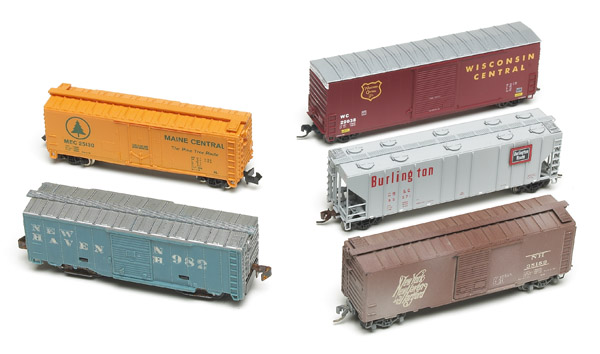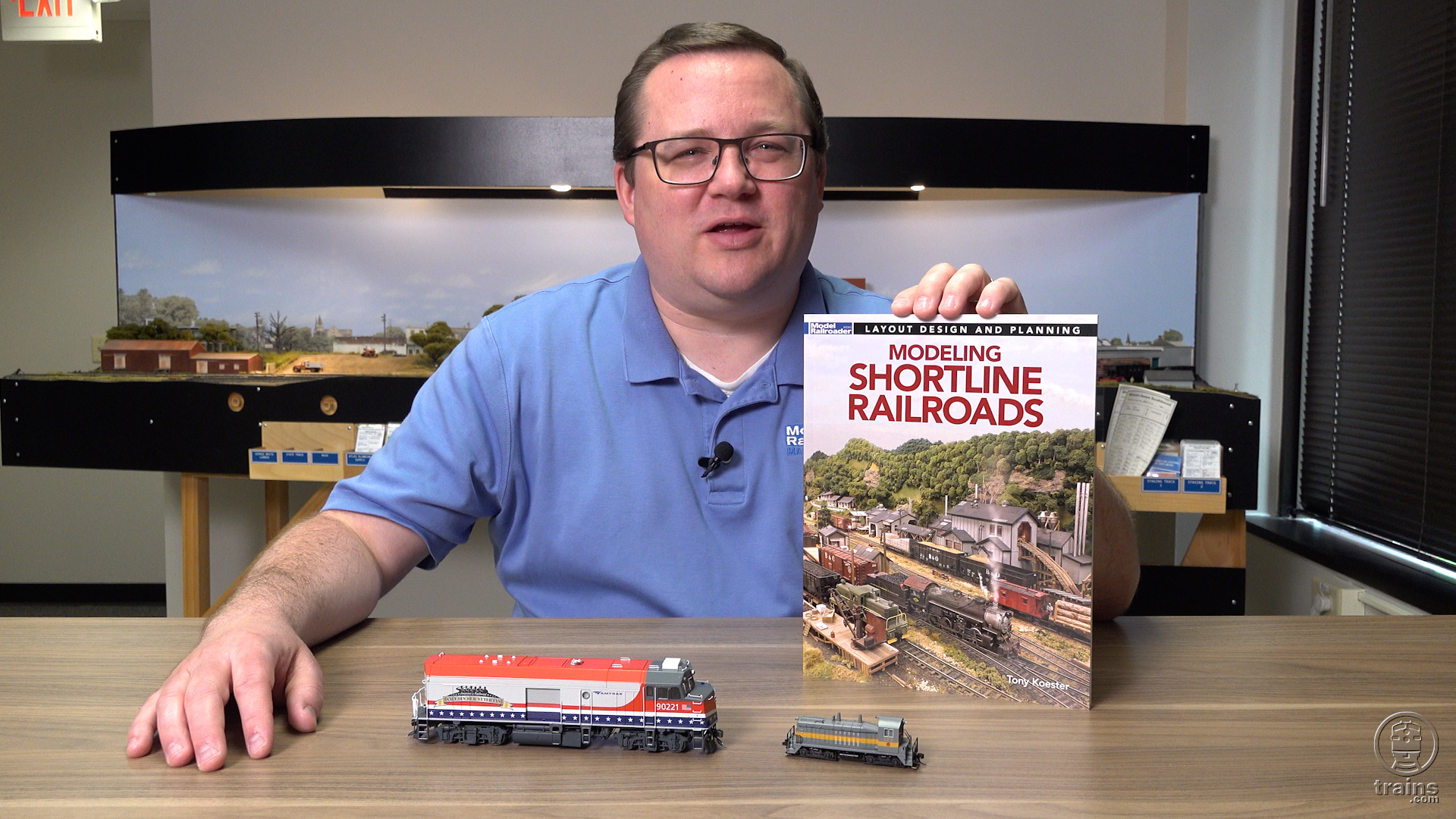
The din has died down now. Those who wanted to run M-T cars on Atlas code 55 have chomped down on the bullet, usually by replacing the “pizza cutters” with more realistic, closer-to-scale wheels. And better yet, Micro-Trains is now offering its models with a lower-profile wheel. All’s well that ends well. We’ve ended up with better-looking cars on better-looking track.
I call that progress, and this is just one example of N scale developments we’ve seen over the scale’s some 50 years. Each of these improvements has come at a price. To move ahead we had to spend a few dollars and invest some time.
Take the Rapido coupler. When N scale first appeared, Rapido, encouraged by Ted Brandon, allowed other manufacturers to use its coupler design. Because of this, N never faced the problems that HO had in its formative years, when cars came either with couplers unique to that manufacturer, or no couplers at all, leaving it to the modeler to choose and install them separately.
The Rapido coupler had one advantage: it worked at holding trains together. Sometimes, it worked too well. If one car in a train fell over, the others would probably go too. The biggest problem, though, was that the Rapido was monstrously large and looked nothing like a real railroad coupler.
Then in the late 1960s, Kadee introduced an N scale version of its popular HO working knuckle coupler. Most of us wanted to convert, but the cost was high, not so much in dollars, but in time and frazzled nerves. The couplers came only as kits. (Assembled and truck-mounted couplers were still in the future.) Folks like me had to learn in a hurry what pin vises and taps were all about.
In the years since Kadee split into two companies, Kadee and Micro-Trains, and now, of course, we buy our cars with coupler-equipped M-T trucks or a compatible knuckle coupler already in place. And BLMA and M-T have gone further, introducing cars with body-mounted couplers, a trend I hope will continue. Such cars operate better, particularly when backing, and look more realistic.
So it has gone with other developments. Early diesel locomotive models had truck-mounted couplers, and so had a gaping hole in the pilot to accommodate the coupler’s swing. Kadee came to the rescue again with kits that filled that hole and permitted a body-mount coupler.
This improved the model’s looks a great deal, but again there was a price. These converted engines weren’t cut out for operating on the train-set-sized 93⁄4″ curves found on lots of layouts. Still, body-mounted couplers have become the norm on N scale diesels, and I don’t think you’d find many modelers who’d want to go back to how things were.
The list of improvements that came at a price goes on. Early diesels had handrails that looked like stove pipes. Modelers wanted them closer to scale, and manufacturers obliged with finer railings, which looked better but were more fragile. That problem has been solved with highly flexible engineering plastics, but unfortunately, they don’t hold many types of paint well. That problem is usually avoided by molding the handrails in the correct color to begin with, rather than basic black.
More and more of us want to run our trains with Digital Command Control, and the improvements we’ve seen here are amazing, as any of you who have hard-wired decoders into locomotives know well. (It takes me 2-3 hours and a set of throbbing temples.)
I have no idea who it was, but the guy who figured out you could replace the light board in a DC engine with a replacement board that included a decoder deserves a special place in the Hall of N Scale Heroes. Now we can install a decoder in just a few minutes, assuming we didn’t buy the locomotive with the smarts already in there, as well as a surprisingly good sound system.
Oh, and how about those etched-brass roofwalks and platforms that come with so many of today’s gorgeous freight cars? I’ve done my share of grumbling when new developments came along that were going to cost me time and money, but given the choice, I’ll take progress. Here’s to those new developments that will make our models even better!














Eastern Seaboard Models introduced body-mounted couplers to N scale freight cars with the debut of the G26 mill gondola in 2009. BLMA followed after.